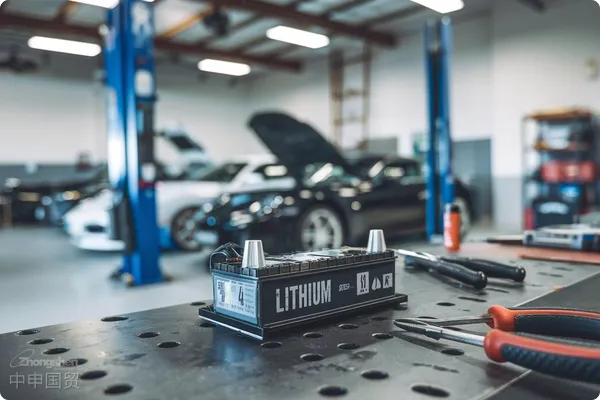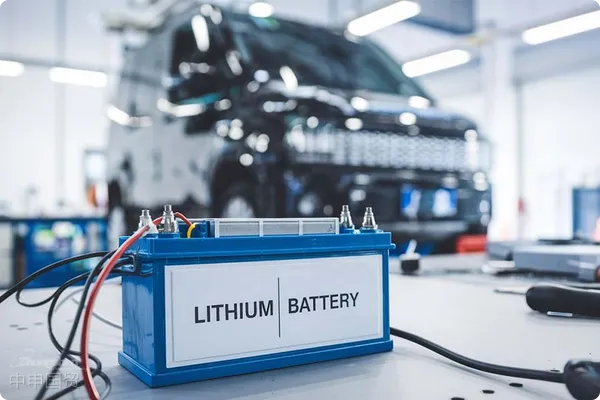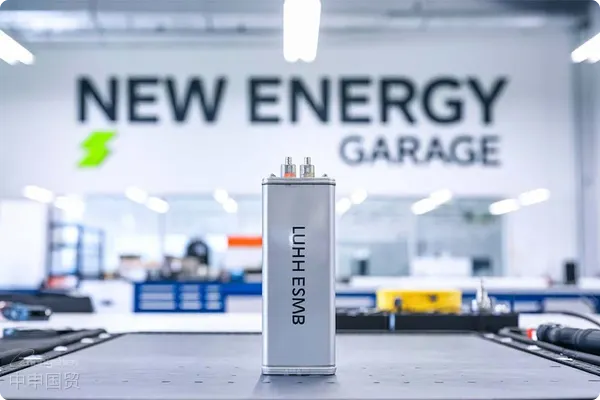- Shanghai Zhongshen International Trade Co., Ltd. - Two decades of trade agency expertise.
- Service Hotline: 139 1787 2118
Due to the impact of global warming and the El Ni?o phenomenon, the high - temperature problem this summer has received much attention, especially the transportation safety issue. This article will focus on analyzingAir Transportationthe transportation safety issues of the most common dangerous goods - lithium - battery products (such as power banks), explore the internal and external factors that cause fires, and provide the classification and packaging requirements of lithium batteries.
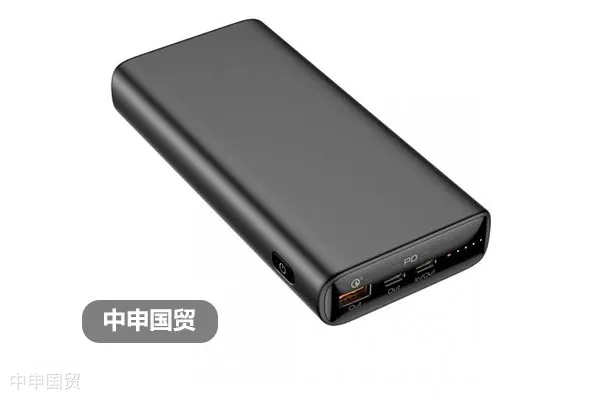
I. Fire - causing Factors of Lithium - battery Products
Lithium - battery products, such as power banks, are common dangerous goods in air - transported luggage, and fire problems occur frequently.
Internal factors: The electrode materials and electrolytes of lithium batteries are flammable. Heating can cause fires and generate gases, increasing the possibility of battery explosions. Defects in the manufacturing process may also lead to lithium - battery safety problems.
External factors: Overcharging, external short - circuit, violent impact, etc. can all cause lithium - battery self - ignition.
II. Classification of Lithium Batteries
Lithium batteries are mainly divided into two categories: lithium - metal batteries and lithium - ion batteries.
In the International Air Cargo Dangerous Goods Regulations, lithium batteries are divided into four UN numbers, and each UN number corresponds to a specific type of lithium battery.
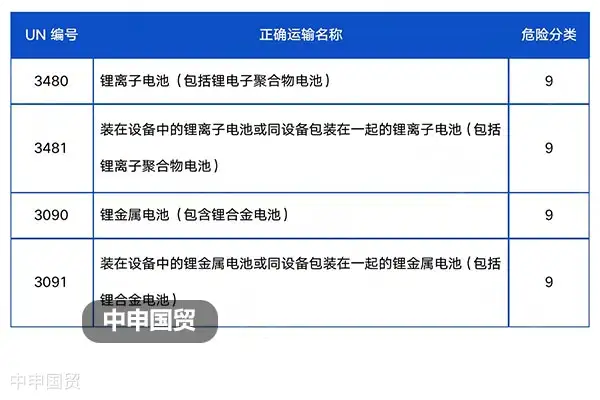
Whether it is a lithium - metal battery or a lithium - ion battery, under normal use, it belongs to the category of dangerous goods and is a Class 9 dangerous good.
III. Packaging of Lithium - battery Products
The packaging of lithium - battery products is a matter of great concern in the lithium - battery transportation industry. The correct selection of packaging is particularly important.
Under normal use, the compliant packaging selection of lithium batteries (taking UN3480 lithium - ion cells/batteries as an example) at the international air - transportation stage should be in accordance with the requirements of the latest version of the Air Cargo Dangerous Goods Regulations IATA DGR (63rd edition).
UN3480鋰離子電芯/電池的包裝要求
Requirements for the use of lithium - battery packaging in the latest version of the Air Cargo Dangerous Goods Regulations IATA DGR (63rd edition)| Product Type | Packaging Options (PI 965) |
|---|---|
| Lithium - ion Cells/Batteries (UN3480) | Rated Power: Cells > 20Wh / Batteries > 100Wh 1) Place the cells/batteries in a fully enclosed inner package, and then put them into an outer package: The overall package is a UN package that meets the packaging performance Class I. 2) Net weight of lithium batteries in each package: Not exceeding 35kg on cargo aircraft (transportation on passenger aircraft is prohibited); 3) Cells/batteries shall not be placed in the same outer package with dangerous goods classified as Class 1 (except 1.4S), Division 2.1, Class 3, Division 4.1 Division 5.1; 4) Approved by the authorities of the country of origin, batteries with a mass exceeding 12kg and having a solid outer shell can be placed in a common solid outer package or protective enclosure (such as a fully enclosed box or wooden crate) for transportation |
| Rated Power: Cells ≤ 20Wh / Batteries ≤ 100Wh 1) Place the cells/batteries in a fully enclosed inner package, and then place them in a solid rigid outer package 2) Each complete package must be able to withstand a 1.2 - meter drop test in any direction 3) Net weight of lithium batteries in each package: Not exceeding 10kg on cargo aircraft (transportation on passenger aircraft is prohibited); Cells/batteries shall not be placed in the same outer package with dangerous goods classified as Class 1 (except 1.4S), Division 2.1, Class 3, Division 4.1, Division 5.1 |
注意:對UN3480鋰離子電芯/電池的包裝指南PI965第II部分的規(guī)定已于2022年3月31日截止,從2022年4月1日起,因滿足包裝指南PI965第II部分要求可豁免危險品申報的要求已經(jīng)不適用。
Related Recommendations
Category case
Contact Us
Email: service@sh-zhongshen.com
Related Recommendations
Contact via WeChat

? 2025. All Rights Reserved. 滬ICP備2023007705號-2  PSB Record: Shanghai No.31011502009912
PSB Record: Shanghai No.31011502009912
